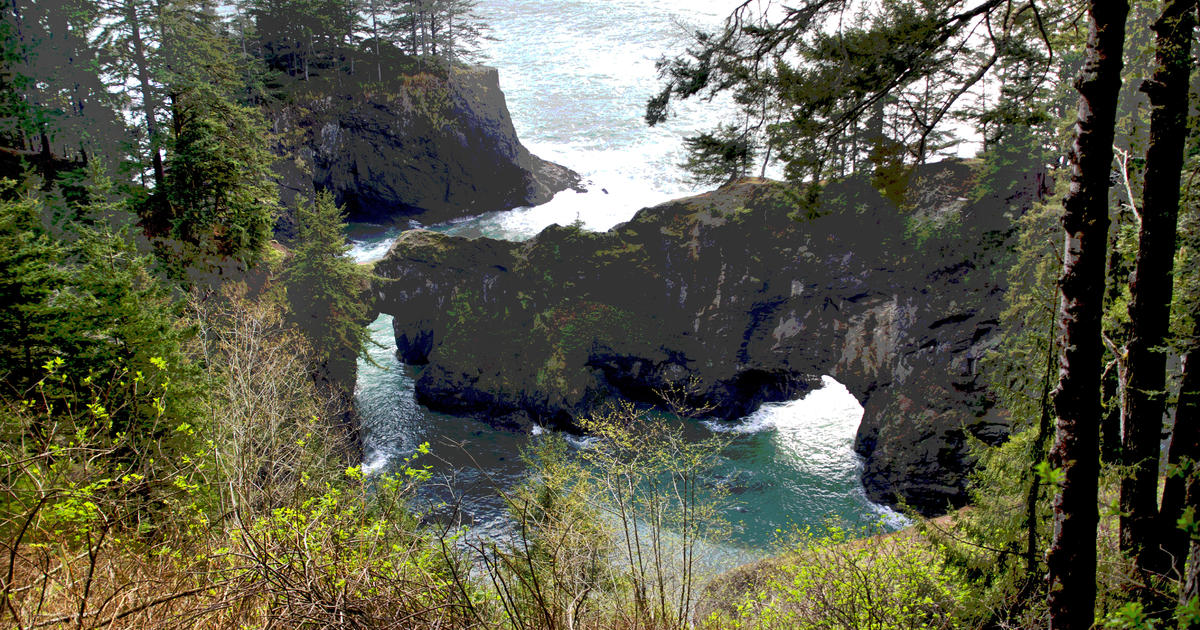Have scientists discovered a new force of nature? "Something else is going on," Neil DeGrasse Tyson says
A tiny particle, invisible to the naked eye, could expand our understanding of the natural world, according to scientists at Fermi National Accelerator Laboratory in Batavia, Illinois.
The particle in question is called a muon. Similar to an electron, it releases a negative charge, but a muon is much heavier and exists at a higher energy level than its more familiar counterpart.
A team of 200 physicists from seven different countries observed muons as they were shot through a magnetic field. The particle did not behave as they expected it to.
"If you send it through a magnetic field, it will sort of process in the presence of the field," Neil deGrasse Tyson said on CBSN Monday. "We know exactly how that puppy should be processing. You send it through and if it processes differently, something else is going on. That is not understood."
Tyson is not affiliated with the experiment, but is watching the potential breakthrough closely as director of the Hayden Planetarium at the Rose Center for Earth and Space in New York City.
"We're thinking, is there another particle, is there another field, is there another force?" he said.
Tyson noted that heavy skepticism is healthy and most abnormal scientific results usually mean "you did something wrong in the experiment." But he said the potential breakthrough could open new doors in scientific discovery and learning about the world around us.
"If the discovery holds up under further scrutiny and further testing, it will add to our understanding of physics," he said. "It might be that we just have to add another force to our collection of forces in the universe."
The possible discovery could also help scientists explain the nature and existence of matter in the universe, including dark matter and dark energy — forces which NASA says makes up about 27% of the total mass of the universe.
Tyson said scientists on Long Island, New York "had a hint of this phenomenon 20 years ago."
"There was already a hint that maybe ups the probability it is a real phenomenon," he said. "But it was never verified and you needed powerful accelerators to investigate and to repeat the experiment."
Scientists hope today's "powerful accelerators" that weren't available years ago could help unlock the decades-old mystery.



